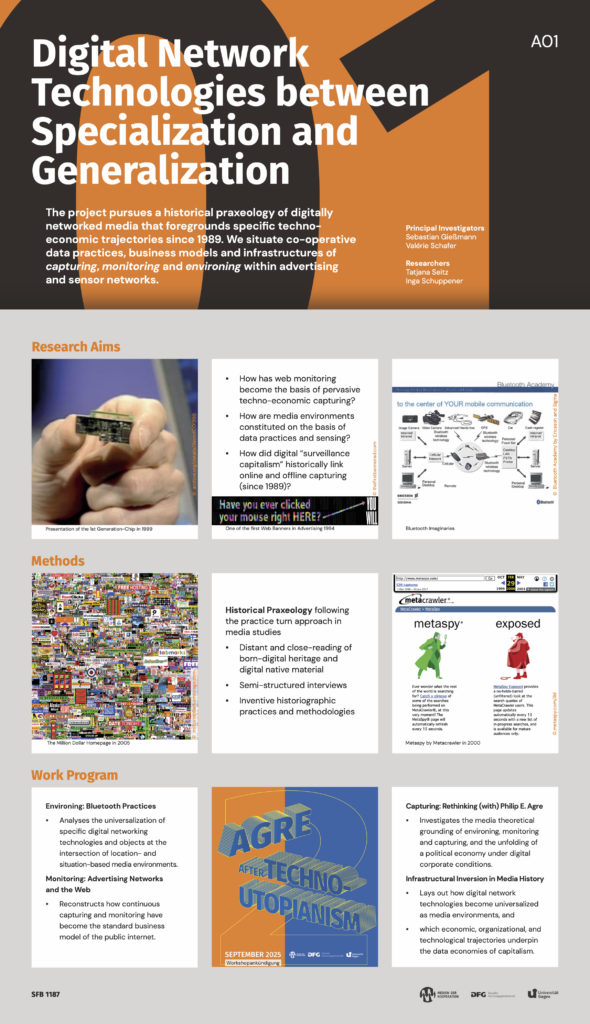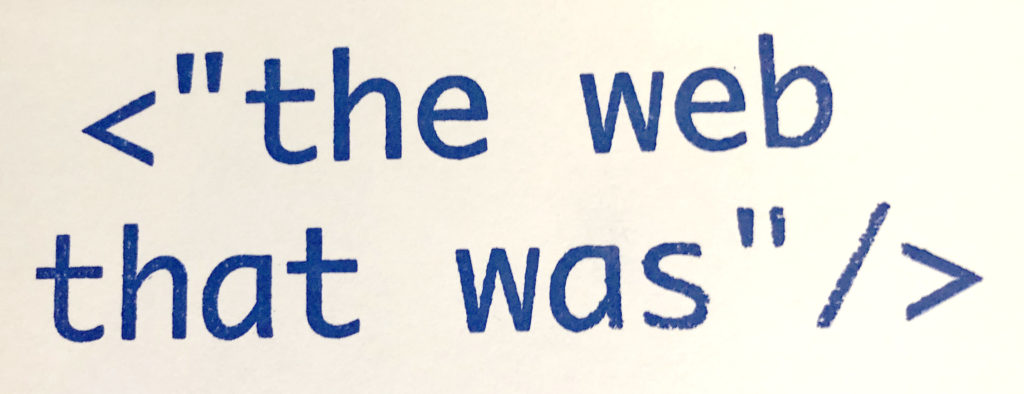 Both as imaginary and material network technologies, blockchain and ‘artificial intelligence’ tend to clash and mingle at the same time. Current neoconnectionist AI and blockchains follow very different cultural logics, just as neural networks differ from peer-to-peer networks sociotechnically. Maximum data intensity, large language models, tokenized media objects, modification of algorithms by data, operational statistics, plus the variation of existing patterns in the case of AI – data immutability, encryption, token economies and exact processing of algorithmic instructions in the case of blockchain. Together, blockchain and neoconnectionist AI are about to form what I call a seventh historical layer within my work on “The Connectivity of Things” in network cultures.
Both as imaginary and material network technologies, blockchain and ‘artificial intelligence’ tend to clash and mingle at the same time. Current neoconnectionist AI and blockchains follow very different cultural logics, just as neural networks differ from peer-to-peer networks sociotechnically. Maximum data intensity, large language models, tokenized media objects, modification of algorithms by data, operational statistics, plus the variation of existing patterns in the case of AI – data immutability, encryption, token economies and exact processing of algorithmic instructions in the case of blockchain. Together, blockchain and neoconnectionist AI are about to form what I call a seventh historical layer within my work on “The Connectivity of Things” in network cultures.
Yet, at the same time, blockchain and AI not only compete for parallel distributed processing power in data centers. They both share energy-intensive, extractive strategies that drive the booms and busts of too-late capitalism (Anna Kornbluh). While their network imaginaries are still being contested, naturalization and habitualization happen at an ever increasing pace. Sometimes, blockchain is now promoted as a slowing-down counter-infrastructure to AI’s accelerationist, generative media and its models. The paper is going to take a close look at controversial cases like Worldcoin, which is supposed to afford for a biometrical “proof-of-human” that attaches a digital identity to online content. While the cultural logics of blockchain and AI might seem to differ almost entirely on the infrastructural level, they are currently serving as a match made in hell when it comes to their political and economical appropriation.
[This is my contribution to the 4S open panel Network Imaginaries: Past, Present, and Future on September 4, 2025.]





![Tim Berners-Lee demonstrates the World Wide Web to delegates at the Hypertext 1991 conference in San Antonio, Texas [CERN-IT-9112021-01]](https://netzeundnetzwerke.de/wp-content/uploads/2020/02/berners_lee_san_antonio_1991_FARBE.png)
